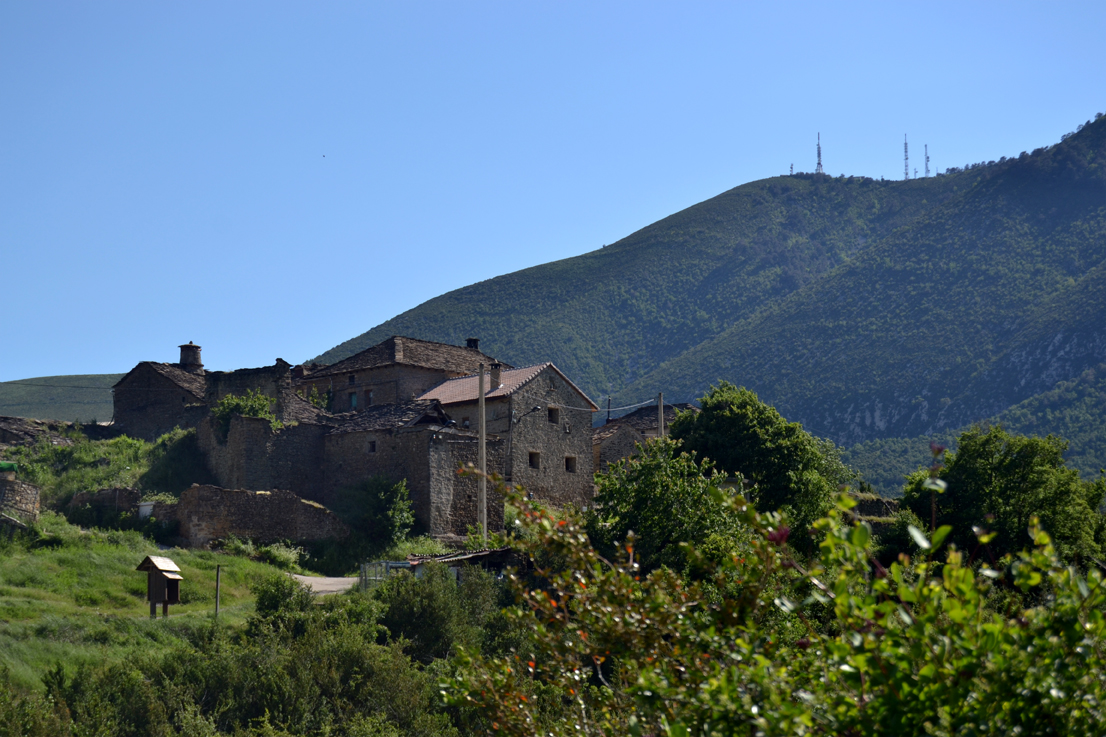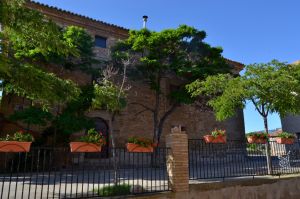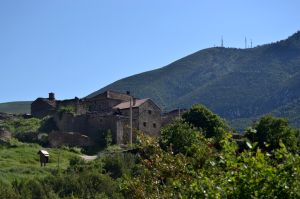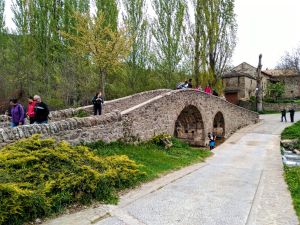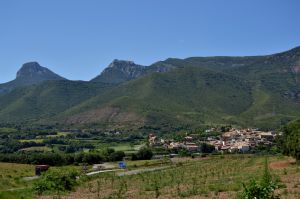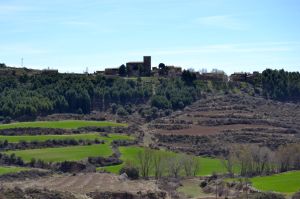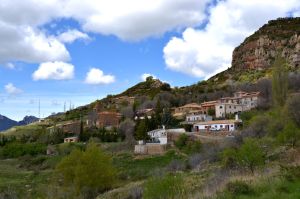Topping a rock and surrounded by mountains, on the outskirts of the Sierra y Cañones de Guara Natural Park, Belsué rises next to the winding road that leads towards the Nocito valley.
The Parish Church of San Martín Turonenese is located at the highest point of the village. Built with thick masonry, the church features a single nave in four sections, with a vaulted lunette ceiling. The main chapel is also the base of the tower.
Leaving Belsué and heading into the Nocito Valley takes you to beautiful uninhabited villages like Santa María de Belsué and Lúsera. Santa María still preserves its 11th-century parish church, a Historic Artistic Monument, and heading west is the nearby Chapel of the Virgen de los Linares, a simple traditional building. Lúsera’s Parish Church of San Miguel, a 17th-century building, has been poorly conserved after the village was abandoned. The village is also home to a well/fountain of either Roman or Arab origin, actually an underground mine that provides water and was in use before the 14th century.
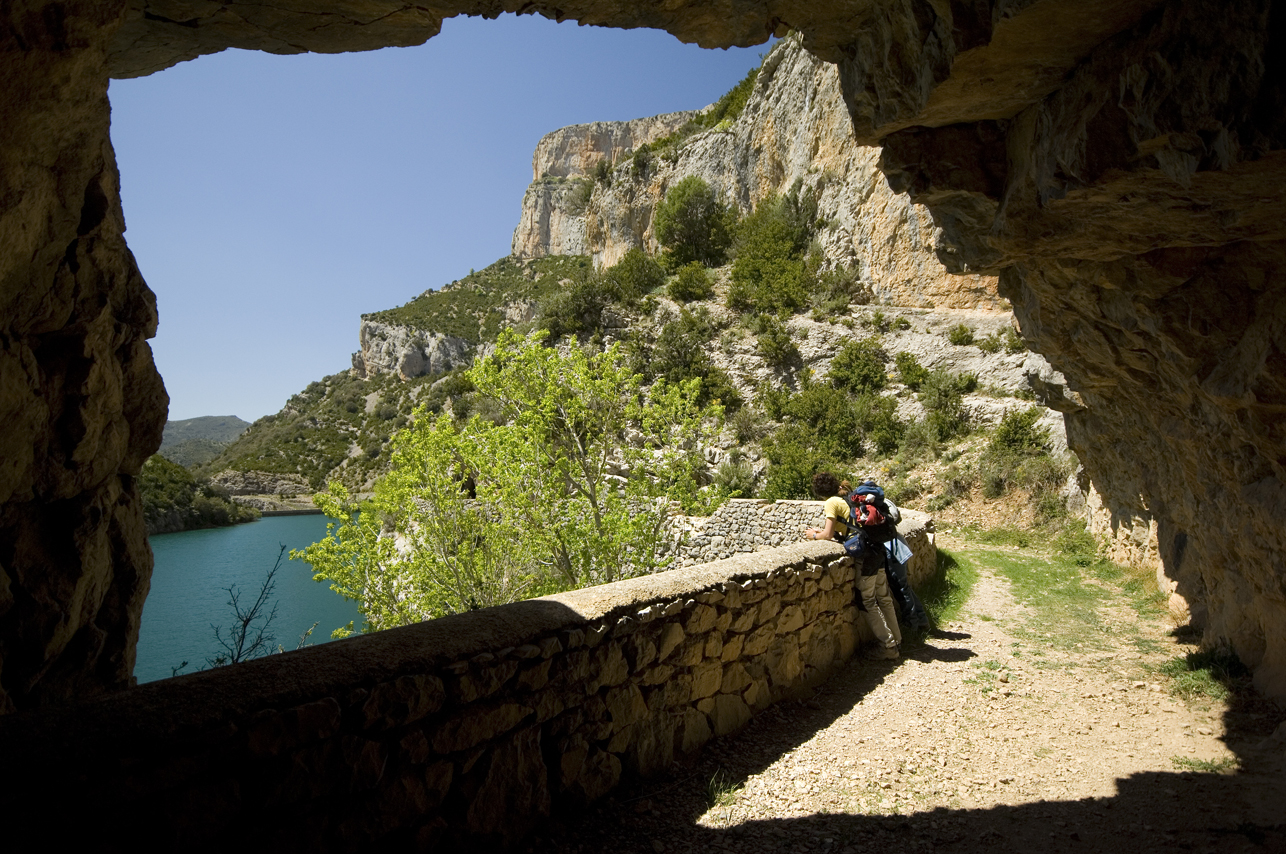
The Chopera de Belsué is located on the shores of the reservoir a few kilometers from the village. This stunning natural space is home to a work of modern art by Portuguese sculptor Alberto Carneiro: “Los árboles florecen en Huesca (Trees bloom in Huesca)”, commissioned by the Huesca Art and Nature Center (CDAN).
Belsué celebrates its annual festival on May 22nd in honor of St. Quiteria.





